In-stock products will arrive in 1 to 2 business days
Key Features
✓ Endotoxin Level: <0.05 EU/1ug
✓ Purity: >96% SDS-PAGE
✓ Biological Activity: Yes
✓ Expression System: CHO cell line
Need Help Ordering?
Product Details
Storage & Preparation
Data Images
Background
Product Documents
Product Details
| Biological Activity | Determined by a cell proliferation assay using human neuroblastoma cells. The ED50 for this effect is typically <20 ng/mL. |
| Purity | >96% by SDS-PAGE and quantitative densitometry by Coomassie® Blue staining. |
| Endotoxin | <0.05 EU/1ug of the protein as determined by the LAL method. |
| Expression System | CHO cell line. Disulfide-linked homodimer. |
| Accession Number | P39905 |
| Sequence | Arg109-Ile211
RGQRGKNRGC VLTAIHLNVT DLGLGYETKE ELIFRYCSGS CDAAETTYDK ILKNLSRNRR LVSDKVGQAC CRPIAFDDDL SFLDDNLVYH ILRKHSAKRC GCI |
| Molecular Weight | 11.6 kDa (monomer, predicted), 16 kDa and 32 kDa (glycosylated, observed on SDS-PAGE gel stained with stained using Coomassie® Blue under reducing and non-reducing conditions, respectively) |
| Formulation | Lyophilized from sterile PBS with Trehalose, pH 7.4 |
Storage & Preparation
| Shipping | Shipped at ambient temperature. |
| Stability & Storage |
|
| Reconstitution | Reconstitute at 100 ug/mL in sterile PBS. |
Data Images
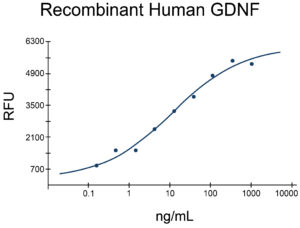 |
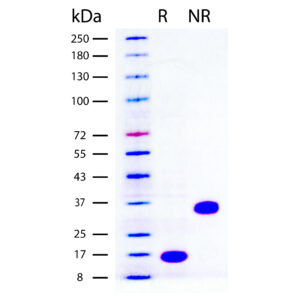 |
| Determined by a cell proliferation assay using human neuroblastoma cells. The ED50 for this effect is typically <20 ng/mL. | Recombinant Human GDNF (2 ug/lane) on SDS-PAGE under reducing (R) and non-reducing (NR) conditions. The gel was stained using Coomassie® Blue showing single bands at 16 kDa and 32 kDa, respectively, and purity greater than 96%. |
Background
| Alternative Names | Glial Cell Line Derived Growth Factor, Glial Derived Neurotrophic Factor, Astrocyte-Derived Trophic Factor, HFB1-GDNF, ATF, ATF1, ATF2, HSCR3, HGDNF |
| Function | Glial Cell-Derived Neurotrophic Factor (GDNF) plays multiple roles in neuronal development, maintenance, and repair. GDNF is produced by astrocytes, oligodendrocytes, Schwann cells, motor neurons, and skeletal muscle to regulate the survival of motor neurons and differentiation dopaminergic neurons during development and to protect against subsequent neurodegeneration. GDNF production in Sertoli cells regulates male germ cell proliferation and differentiation. In cell culture, GDNF is often used to differentiate human pluripotent stem cells (hPSC) progenitors into astrocytes and neurons. GDNF is also used to maintain survival and growth of neurons and astrocytes in culture. Under further culture conditions, GDNF is able to contribute to the maintenance and differentiation of dopaminergic neurons. GDNF signaling takes places by binding to the receptor, GFR alpha1, and forming a complex with RET. |
| Tissue Specificity | GDNF expression has been identified in brain (astrocytes, neurons, substantia nigra), kidney, skeletal muscle, testes, and colon. |
| Cellular Localization | Secreted protein |
| Involvement in Disease | Dysregulation of GDNF is associated with Parkinson’s disease, amyotrophic lateral sclerosis (ALS), Huntington’s disease, depression, and drug and alcohol addiction. |
| UniProt | P39905 |
| Gene Symbol | GDNF |
| Entrez Gene ID | 2668 |
Product Documents
| Product Datasheet | Download Product Datasheet |
| COA | Contact Us |
| SDS | Download SDS |
You may also be interested in related products:
Reviews (no reviews yet)
Only logged in customers who have purchased this product may leave a review.
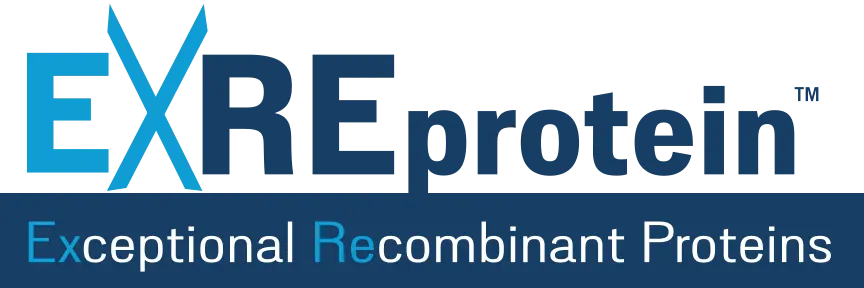

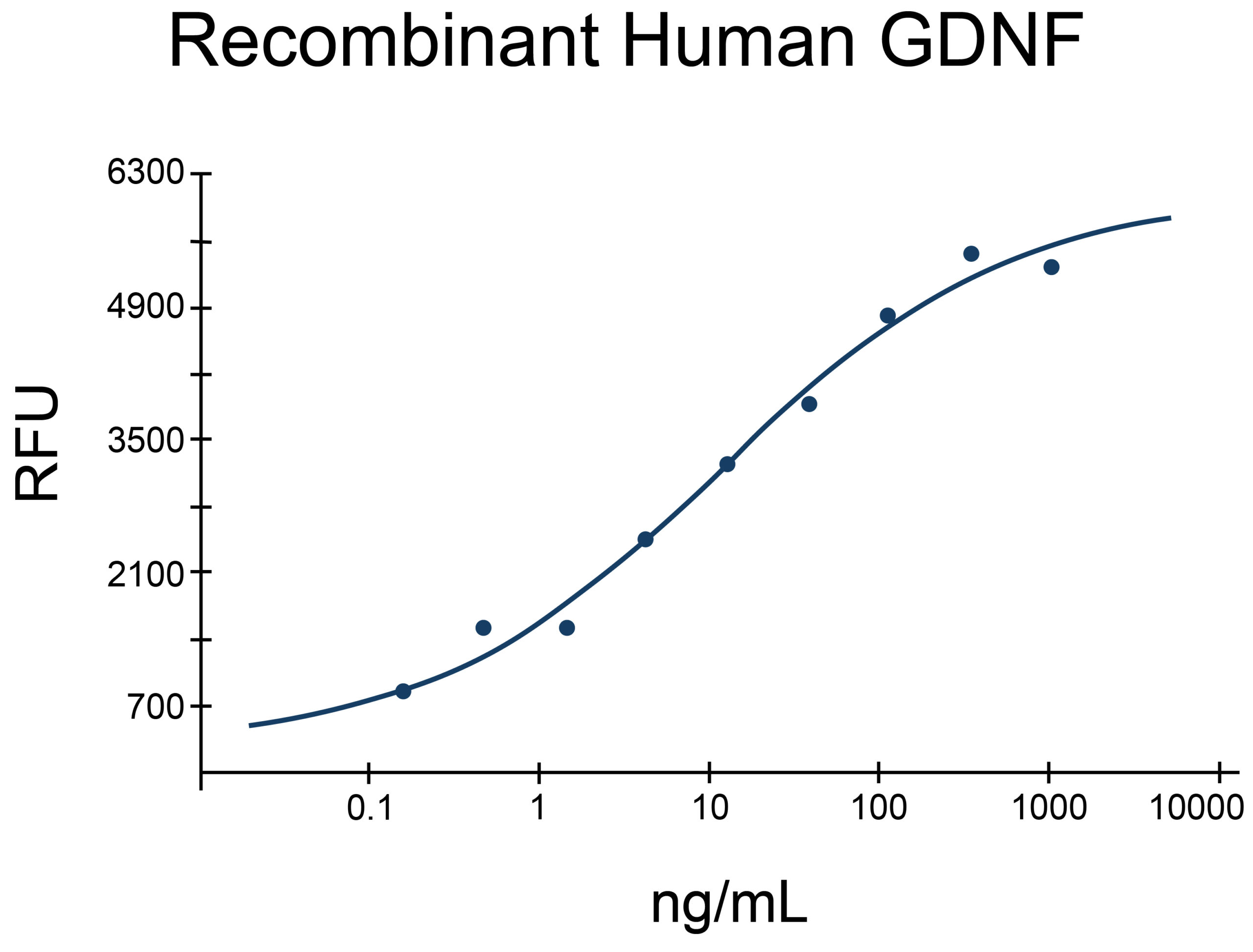
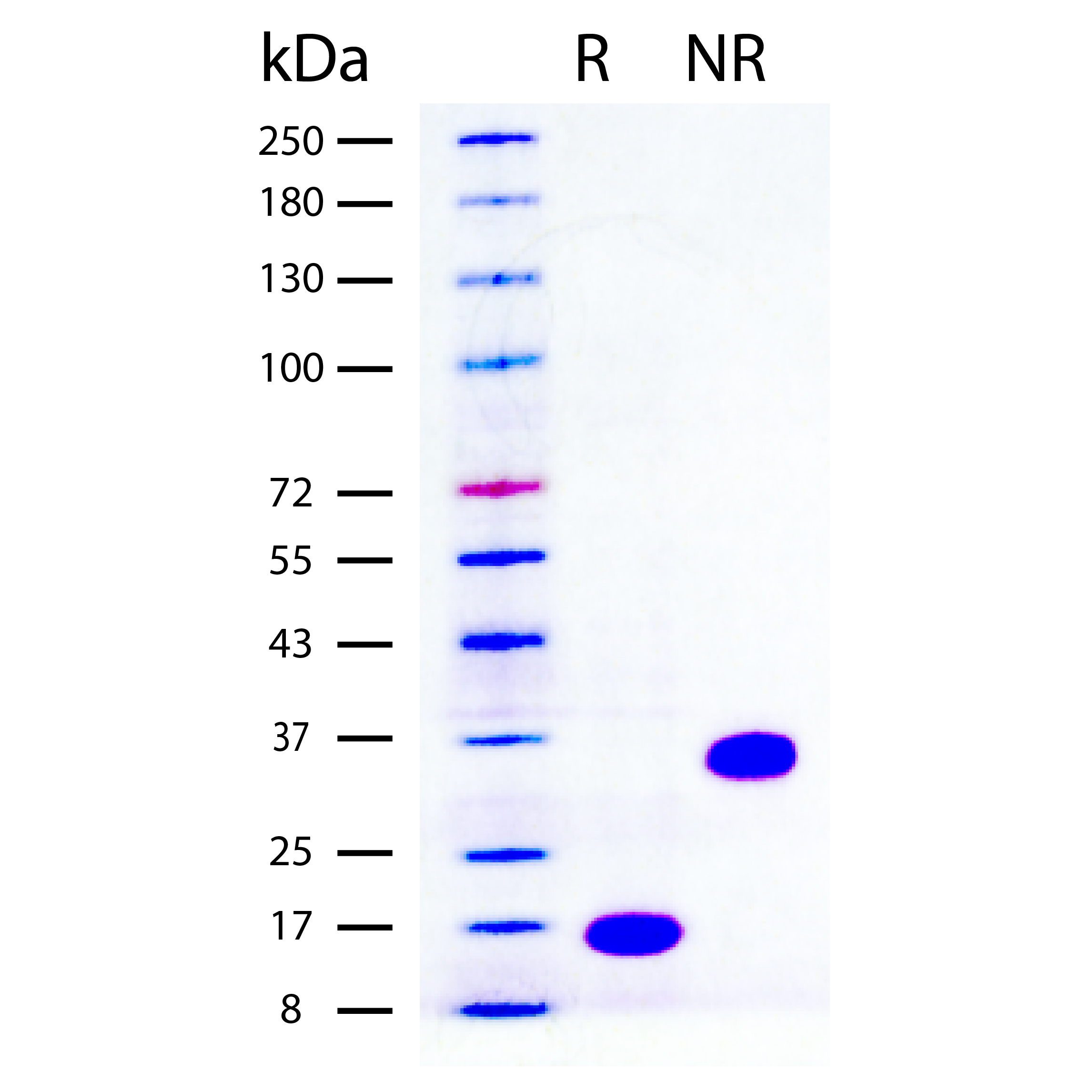
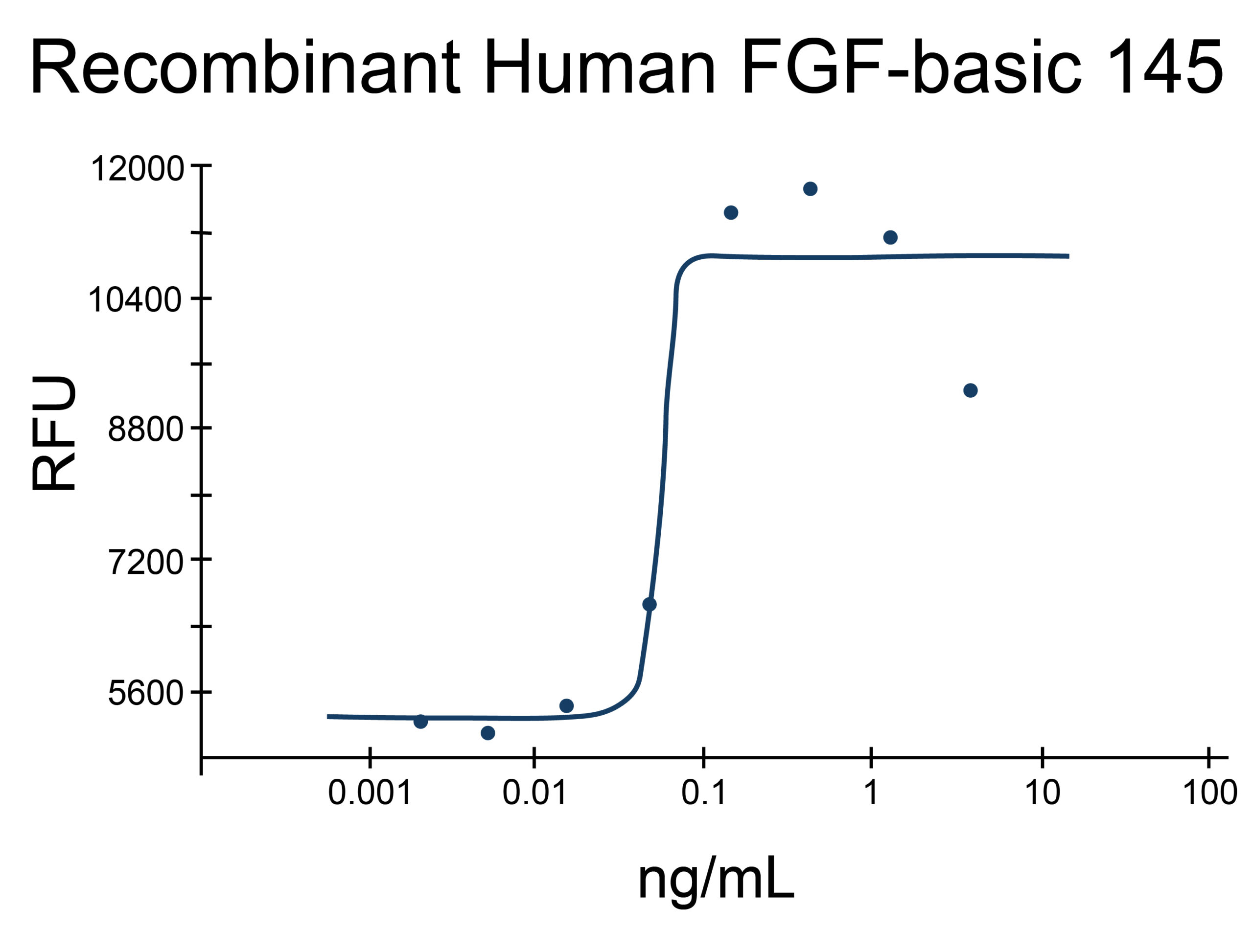

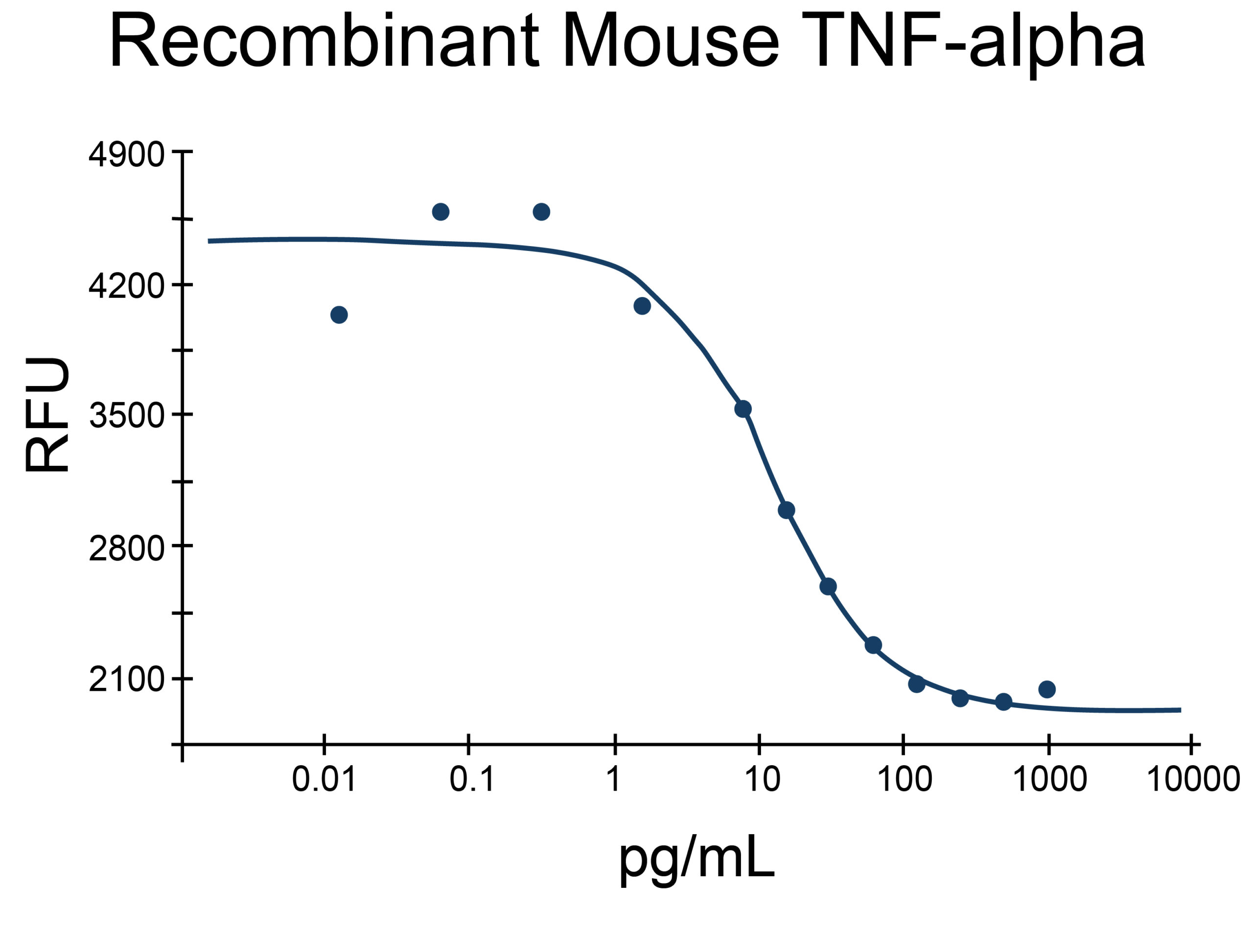
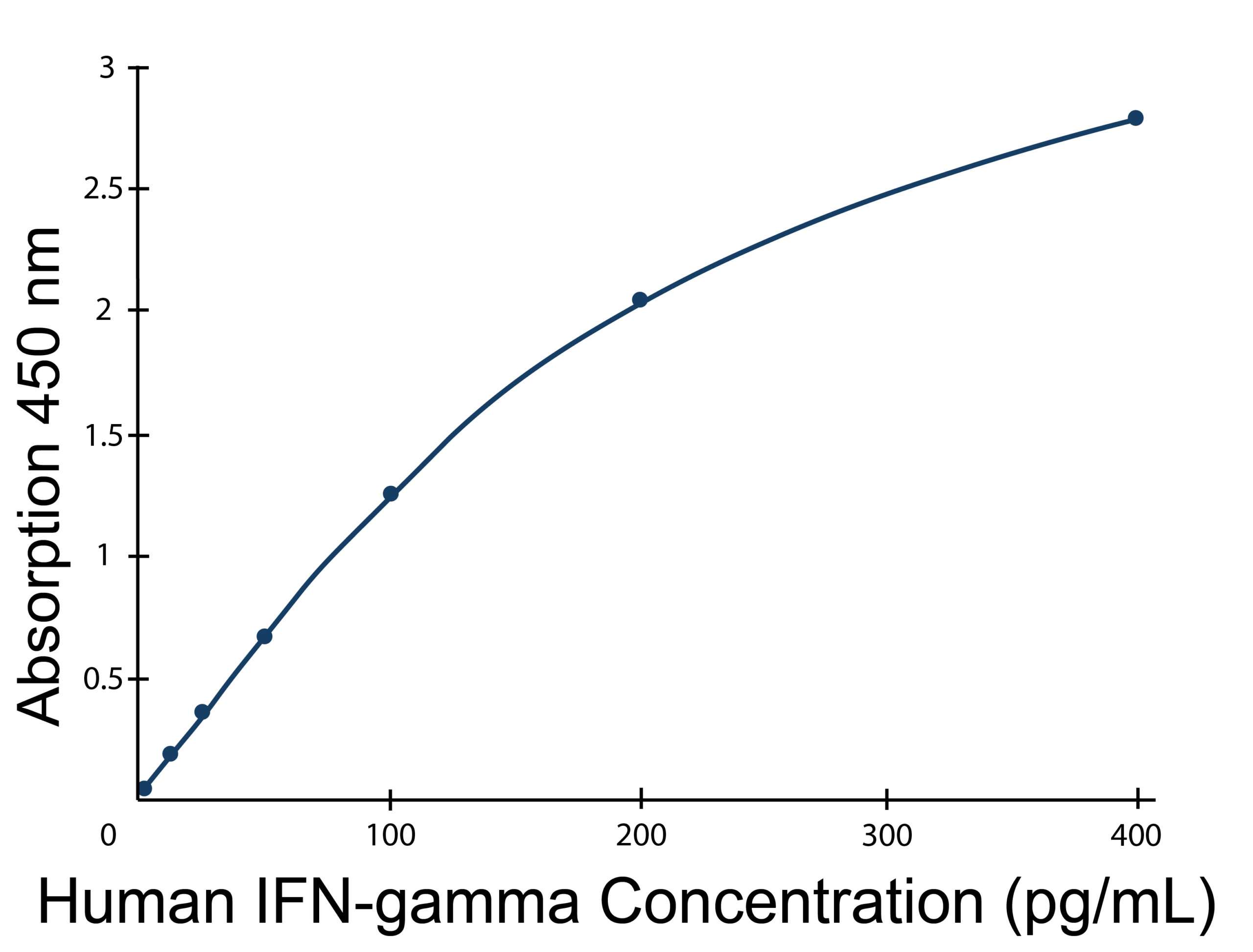
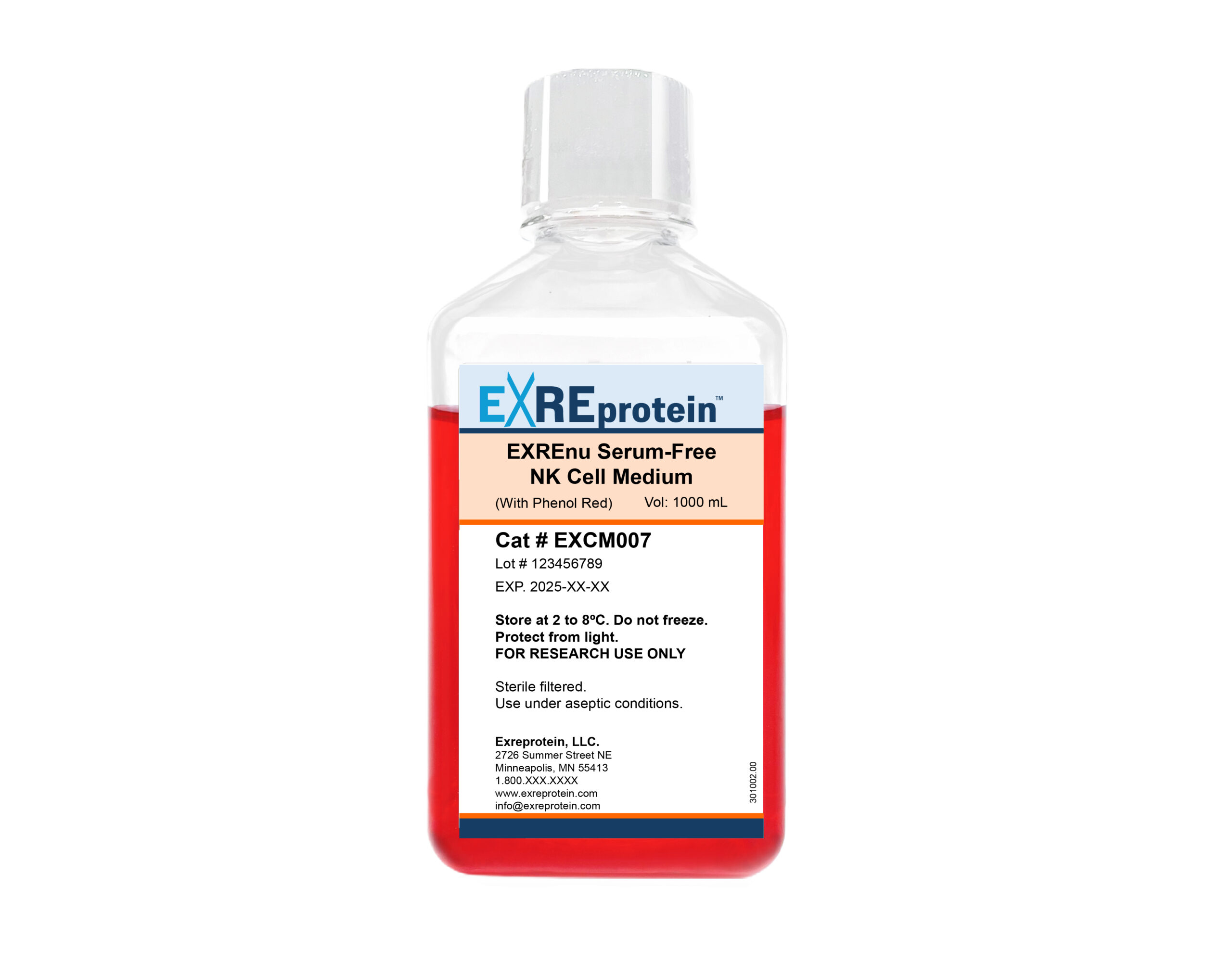
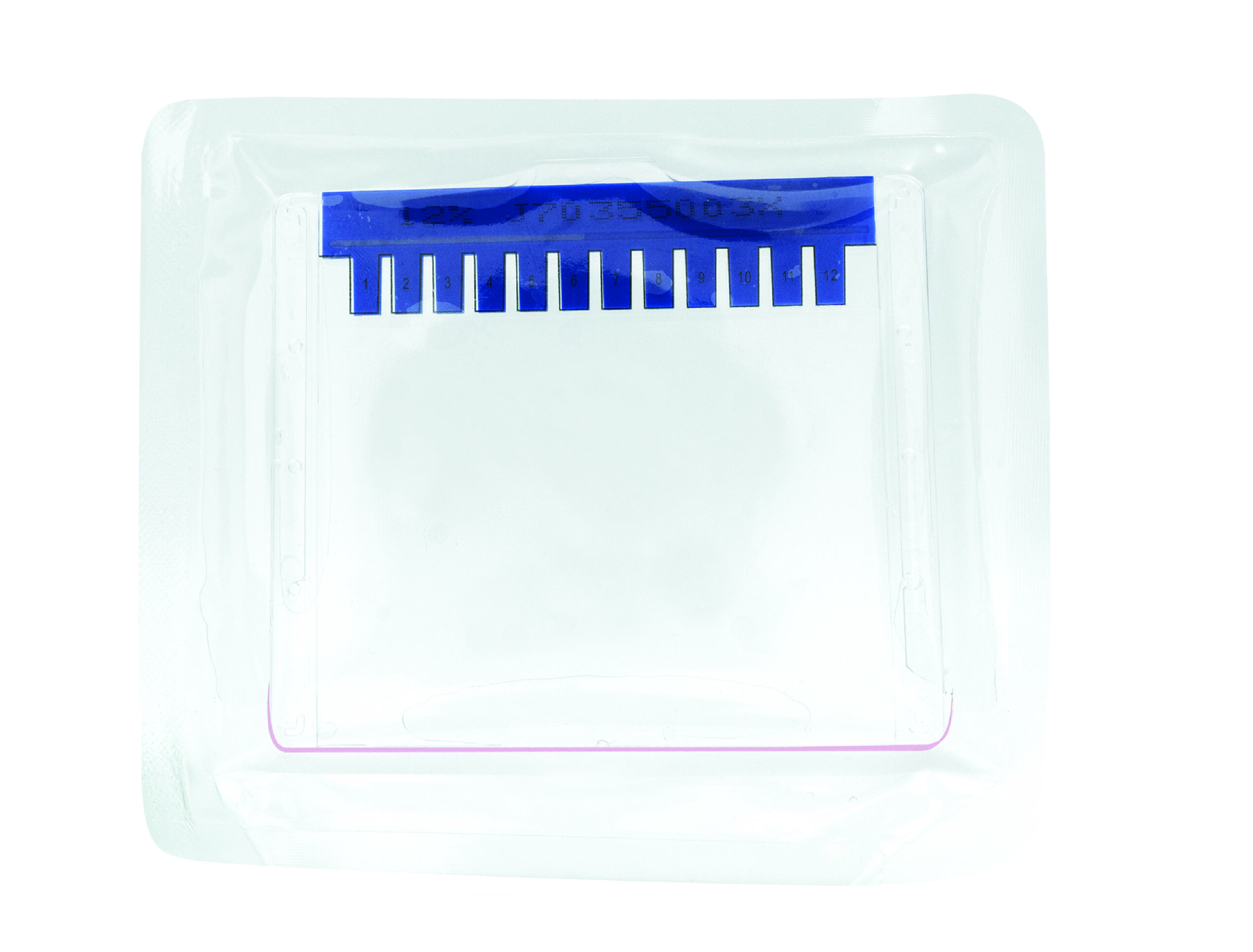
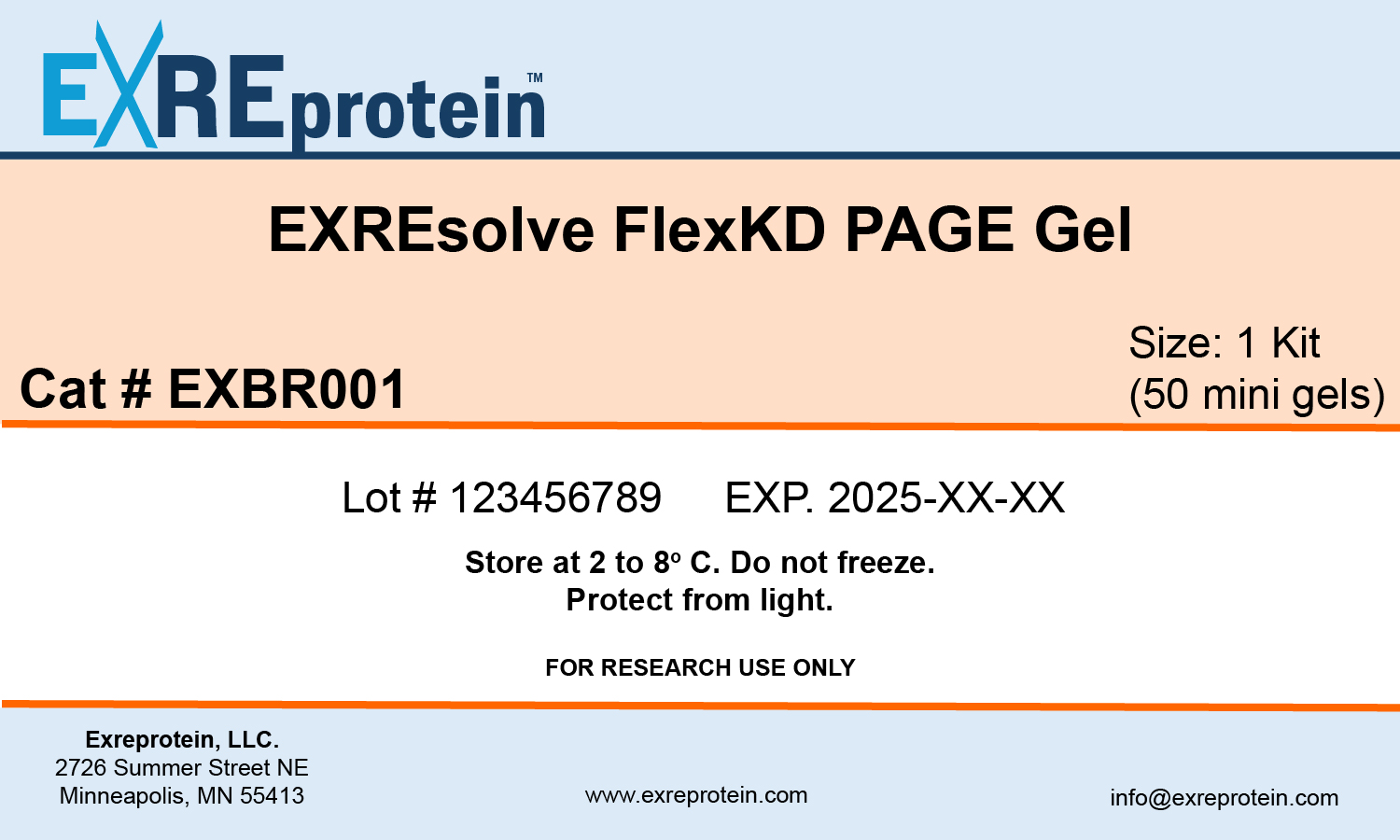
Reviews
There are no reviews yet.